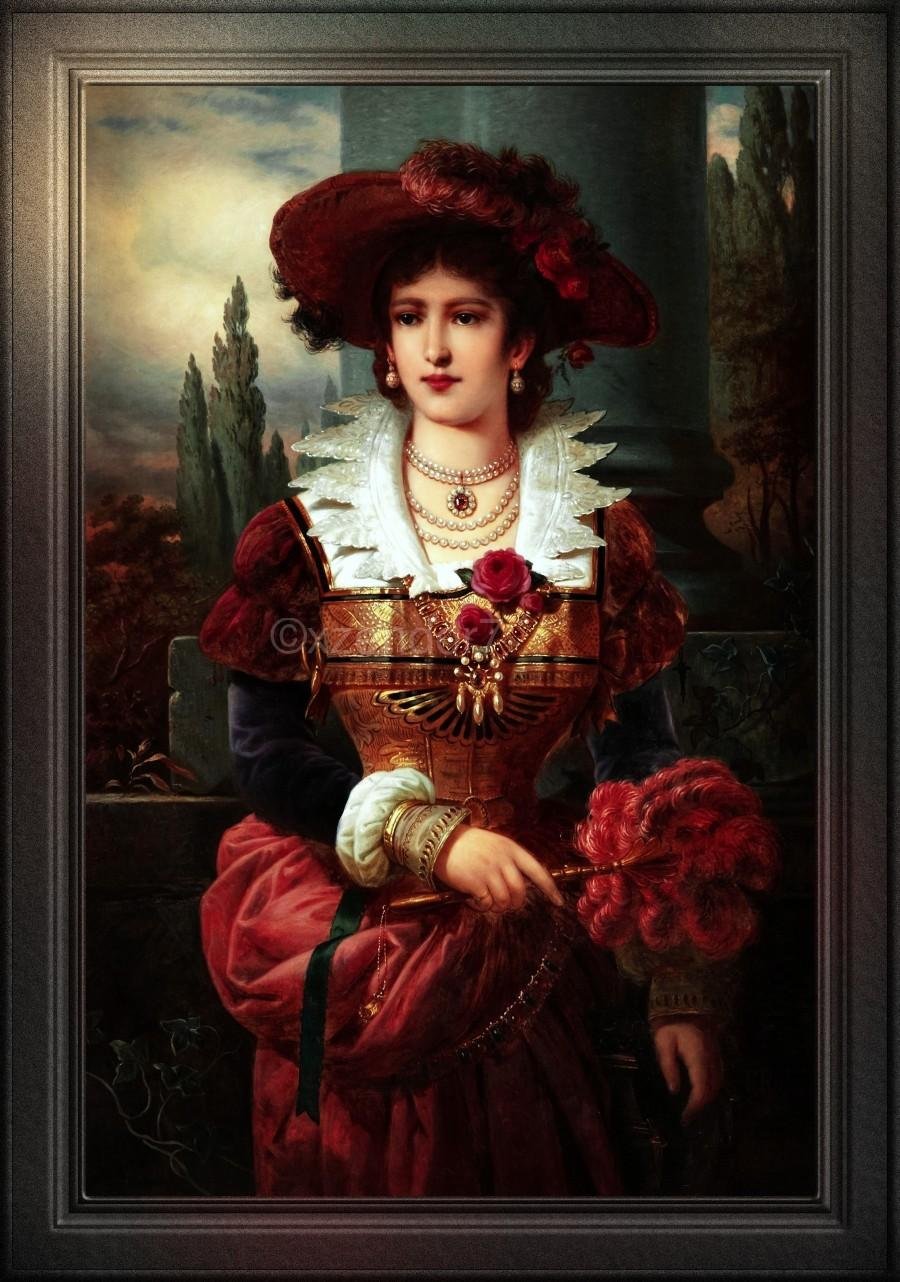“Griselda’s Trials: Obedience, Cruelty, and the Price of Virtue”

Introduction
“The Tale of Griselda,” the final story in The Decameron, offers a stark departure from the humor and wit found in many of the earlier tales. It tells the story of a woman who endures unthinkable emotional cruelty at the hands of her husband, all in the name of loyalty and virtue. In this blog, I explore whether Griselda’s unwavering patience is a sign of strength or a disturbing example of submission and what Boccaccio might be saying about virtue, power, and gender.
Summary
Griselda, a poor but beautiful peasant girl, is chosen by Gualtieri, a wealthy marquis, to be his wife on the condition that she obey him absolutely. Over the years, he tests her loyalty through cruel trials: he pretends to take away and kill both of their children, banishes her back to poverty, and announces he is remarrying (to their daughter, in disguise). Through it all, Griselda remains patient, submissive, and faithful. In the end, Gualtieri reveals the truth, restores her as his wife and the children's mother, and praises her unmatched virtue.
Analysis
Themes of Power and Obedience
The story explores absolute power in marriage, with Gualtieri as a tyrant.like figure and Griselda as a symbol of obedience. Griselda’s acceptance of his every whim is both impressive and unsettling. Boccaccio presents her as the epitome of virtue, but the tale also invites readers to question the morality of Gualtieri’s actions and the societal norms that allow such behavior.
Virtue or Victimhood
Griselda’s unflinching patience has sparked debate for centuries. Is she a model of stoic endurance, or a cautionary symbol of oppressed womanhood? While Boccaccio praises her virtue, there’s a satirical tone to the excess of Gualtieri’s tests. It’s as if the tale dares the reader to feel discomfort and perhaps even outrage at how far loyalty is pushed. Her character walks the fine line between moral strength and heartbreaking passivity.
Narrative Structure and Emotional Impact
The tale is structured like a parable, with escalating trials and a dramatic resolution. The emotional weight lies not in Griselda’s reactions (she remains outwardly calm) but in the cruelty of the tests and the reader’s rising disbelief. The final revelation is meant to be redemptive, but it’s also ambiguous: can the reunion truly undo the emotional damage. Boccaccio leaves this unresolved, heightening the story’s complexity.
Historical and Modern Relevance
In the medieval context, Griselda was seen as a saint-like figure. But to modern audiences, the tale raises questions about gender roles, emotional abuse, and autonomy. The tale now raises questions about gender roles, power dynamics, and the dangers of idealized loyalty. Rather than a celebration of virtue, it can be read as a critique of systems that reward silent suffering over autonomy and resistance.
Personal Response
This tale frustrated and fascinated me. Griselda’s strength is undeniable, but it’s hard to read her suffering without feeling anger toward Gualtieri. I couldn’t help wondering if Boccaccio was being ironic pushing the limits of virtue to critique how women were expected to endure silently. It’s the kind of story that leaves you with more questions than answers, which is exactly what makes it so powerful.
Conclusion
“The Tale of Griselda” is a haunting exploration of patience, loyalty, and power. Whether you see Griselda as a heroine or a victim, her story forces us to think deeply about the nature of love and the cost of virtue. Boccaccio ends The Decameron not with laughter, but with a mirror: asking readers to reflect on the roles we play and the values we uphold then and now.







